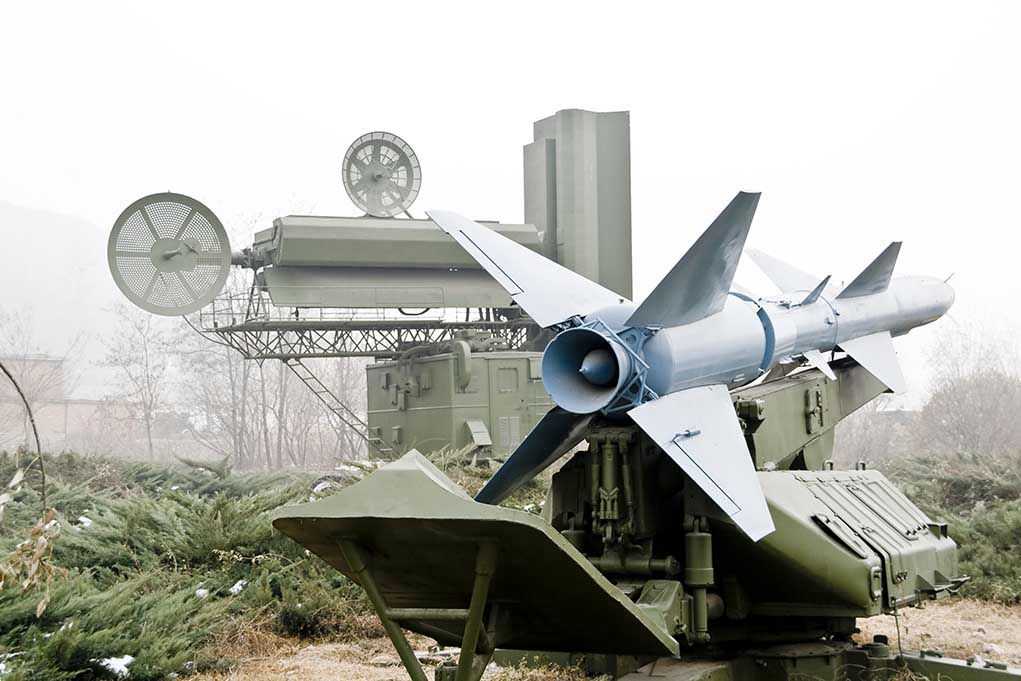
The U.S. Air Force is throwing nearly $400 million at a hypersonic missile program it just called “dead”—so you can guess who’s on the hook, and what this says about the government’s priorities.
At a Glance
- The Air Force is requesting $387 million to revive the AGM-183A ARRW hypersonic missile program, just a year after pulling the plug due to test failures.
- China and Russia’s advancements in hypersonic technology are driving U.S. urgency, fueling a new arms race and ballooning defense budgets.
- The decision marks a sharp reversal, raising questions about military procurement discipline and government accountability to taxpayers.
- Despite technical setbacks, hypersonic weapons now dominate the Pentagon’s missile spending priorities for 2026.
From “Completed” to “Critical”: Air Force Flips on Hypersonic Missile Program
Nothing says “responsible stewardship” of taxpayer dollars quite like calling a multi-billion-dollar weapons program “completed” one year, only to resurrect it the next with a $387 million price tag. That’s exactly what’s happening with the Air Force’s AGM-183A ARRW (pronounced “arrow”) hypersonic missile—a project that spent the last decade stumbling through test failures, only to get a new lease on life as adversaries like China and Russia surge ahead in hypersonic tech.
The ARRW, designed to travel at speeds between Mach 6.5 and Mach 8 (over 6,100 mph) and strike from 1,000 miles away, was supposed to be America’s answer to the hypersonic advances of our not-so-friendly rivals. But after a series of embarrassing test failures and budget overruns, the Air Force listed the program as “completed” in 2024 and stopped funding it for 2025. Now, in a move that only government could justify, officials are asking for hundreds of millions more to restart production, all while branding the program as “strategically essential.” Is this a case of learning from mistakes—or just refusing to admit them?
Hypersonic Hype: Driving the New Arms Race
The Pentagon’s about-face isn’t happening in a vacuum. As China and Russia flaunt their own hypersonic missiles and parade them on state television, the Defense Department is scrambling not just to keep up, but to outspend and outpace. The FY 2026 defense budget includes a staggering $3.9 billion for hypersonic weapons, with the Air Force alone dedicating $5.3 billion overall to missile procurement. The ARRW and the Hypersonic Attack Cruise Missile (HACM) have become the poster children for this new era of “anything you can do, I can do faster.”
Air Force Chief of Staff Gen. David Allvin told Congress the ARRW is “more strategic [and] long range,” making it essential to outmatch adversaries. But the technical problems that plagued the program haven’t just disappeared. Previous test failures aren’t ancient history—they’re the reason this program was shelved in the first place. And yet, here we are: same missile, new budget, no real accountability.
Taxpayers, Contractors, and the High Price of “Innovation”
The $387 million being thrown at the ARRW isn’t pocket change—it’s part of a larger pattern of “spend now, ask questions later” that dominates Washington. Defense contractors, especially the usual suspects like Lockheed Martin, are licking their chops at the chance to cash in on renewed contracts and production lines. For them, every failed test is just another opportunity for an “upgrade,” with taxpayers left footing the bill.
Meanwhile, military planners and politicians tout hypersonic weapons as game-changers, promising they’ll tip the strategic balance back in America’s favor. Maybe so. But let’s not pretend this isn’t also about optics, politics, and keeping the defense industry humming. The real risk? That America’s “innovation” becomes a euphemism for endless spending, while the technical challenges that doomed ARRW the first time are swept under the rug. And if the past is any guide, don’t expect a refund if things go sideways.
Strategic Deterrence or Strategic Boondoggle?
The ARRW’s resurrection is a textbook example of government whiplash: cancel when it’s politically convenient, revive when the threat narrative ramps up, and never mind the whiplash for taxpayers. Defense experts say hypersonic weapons are critical because they’re hard to intercept and essential for deterrence. They’re not wrong. But critics—some inside the Pentagon—question whether pouring more money into a troubled program is the answer, especially when China and Russia are racing ahead.
The long-term impact is clear: billions more in defense spending, more contracts for the military-industrial complex, and more uncertainty about whether this technology will actually work when needed. For American workers in the defense sector, it might mean jobs and paychecks. For adversaries, it means the arms race just kicked into a higher gear. And for U.S. taxpayers? More of the same: pay up, watch the headlines, and pray this time the missile works as advertised.




